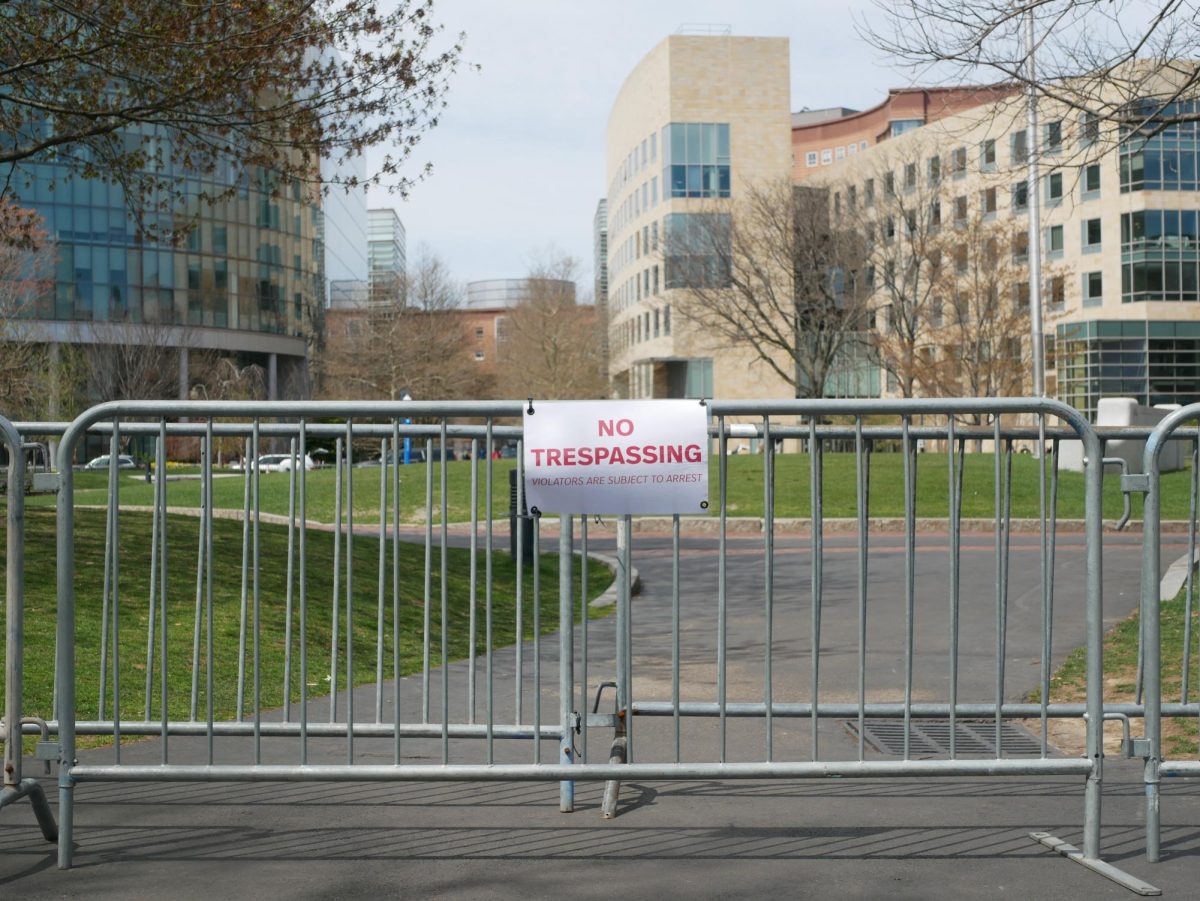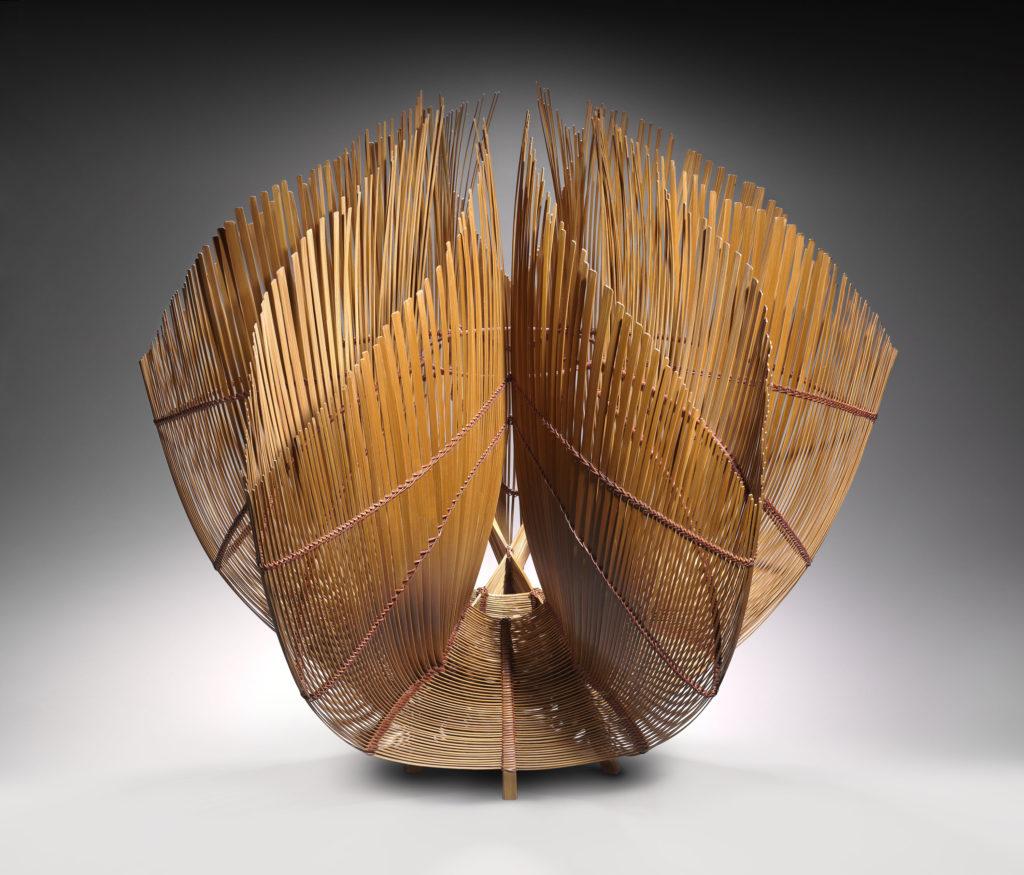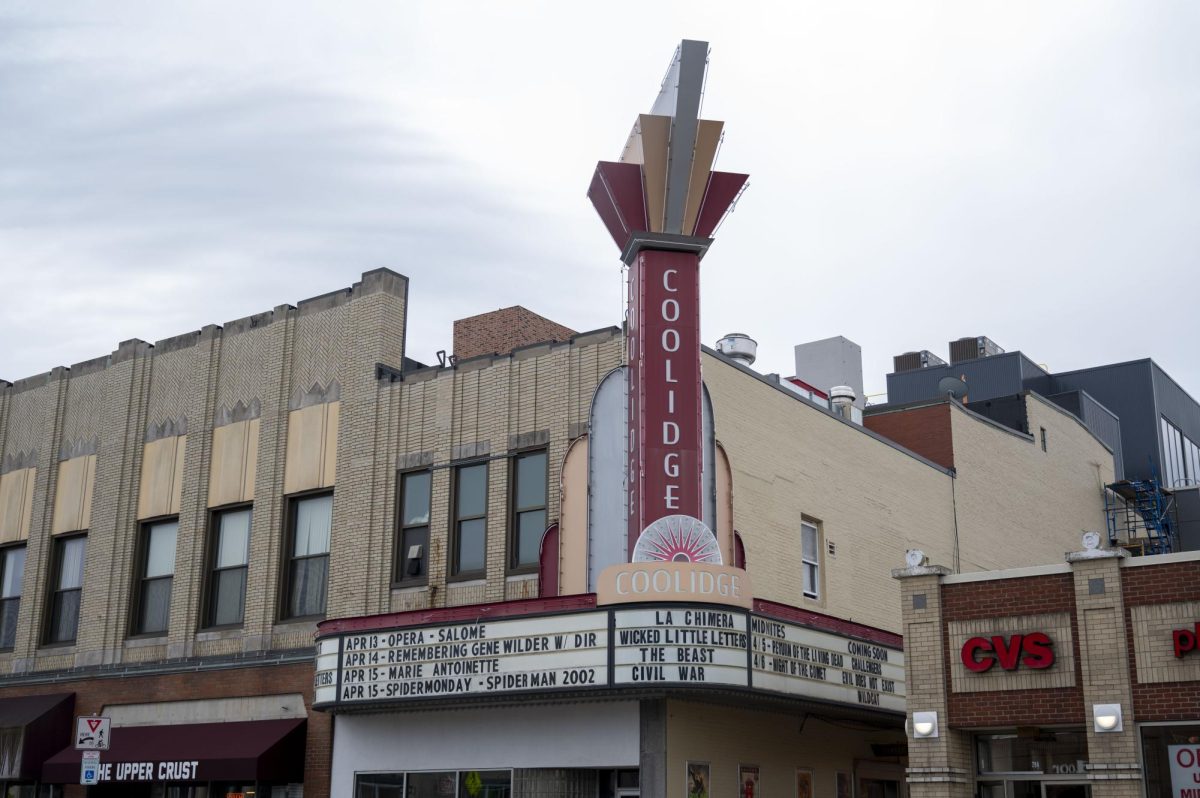
By Kelly Kasulis, News Staff
Only within the past six decades have Japanese bamboo weavings and ceramics been considered a form of high-brow art, according to an exhibit celebrating dozens of new acquisitions at the Museum of Fine Arts.
The exhibition, entitled “Fired Earth, Woven Bamboo: Contemporary Japanese Ceramics and Bamboo Art” opened last Tuesday with a variety of new pieces donated from Bostonians Stanley and Mary Ann Snider.
According to a press release issued by the Museum of Fine Arts, the onset of individualized western art through cubists Joan Miro and Pablo Picasso spurred a cultural revolution in Japan during the 1940s and 1950s. In a newly postwar era, Japanese artists began to prioritize unseen aesthetics for their work instead of their former emphasis on functionality and mere “technical excellence.” This transition put Japanese ceramics and woven bamboo pieces on a global map of prevailing modernism, generating not only a higher relevance for Japanese artists globally, but also an innovative way to look at design and form.
One recent acquisition, Sakurai Yasuko’s 2007 “Vertical Flower” captured the attention of one museum visitor.
“It reminds me of a beehive, like a lot of time was put into it just to master the shapes – edges that don’t seem planned, and yet still match,” said Nina Godlewski, a sophomore communication studies major.
Anne Morse, the curator of the exhibit, explained how the pieces were created.
“[She] uses tubes, and then she constructs the pieces around the tubes and takes them out to show the openings,” Morse said. “They are much more about light and shadow … She’s got that play in the way that the pieces are so open, but they are much more durable than standard porcelain and show fragility with these openings.”
The cloth inlays of textile and paper that dominate entire walls of the exhibit provide intricate designs stretched across hard panels in systematic, dyed patterns. In the two recent acquisitions by Fukumoto Shigeki, “Moon” and “Stars,” palettes of deep, cool night colors are juxtaposed with geometric, interweaving systems.
“I really like how [he] used sort of meticulously planned colors. It’s impressive,” said Victoria Baltzell, a sophomore at Grand Junction High School in Colorado who visited the exhibit during her time off from a journalism conference in Boston. “It draws my attention to the small details – like makes my eyes look at all the tiny, kind of intentional patterns.”
Tanya Murray, an administrative assistant working at Brockton Rehab who was at the exhibit, said that she was unimpressed by the new acquisitions.
“It just seemed like a lot of them have a purpose, but they’re not very decorated,” Murray said. “I don’t really like them. The cloth pieces just seem like rugs – you walk on them.”
Morse argued that the exhibit is accessible, and not just for art connoisseurs.
“Sometimes, [these artists’] work takes form of a vessel, but they’re clearly not containers,” she said when speaking about Yasuko’s “Vertical Flower.”
Morse also noted that the exhibition is designed in a way to make the art visually enjoyable, whether or not the viewer chooses to read its many piece descriptions.
“The gallery is designed in a way that you can learn more historical material, but it’s also designed in a way where you can just enjoy the exhibit visually,” she said.
Regardless, Morse noted that the museum is pleased to have the new collection.
“This is the first time we have really focused on doing a representation of [the Sniders’] entire collection…,” she said. “In Japan, these disciplines [of ceramics and baskets] are often quite separate, so bringing them together as one thing is exciting. It’s very reflective of the dynamic artistic climate in Japan right now.”














